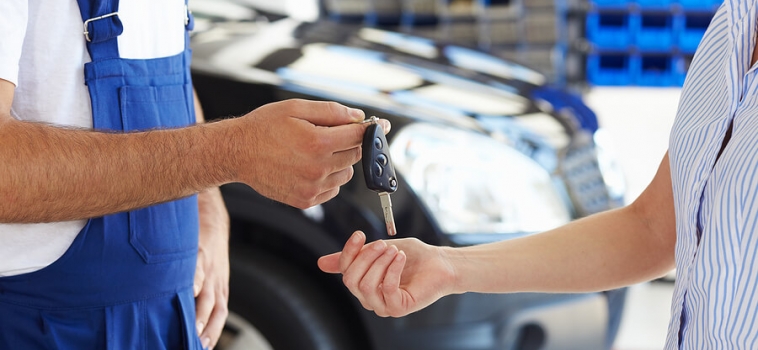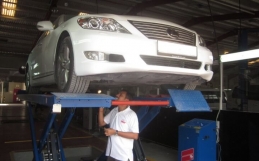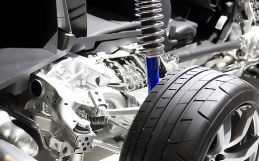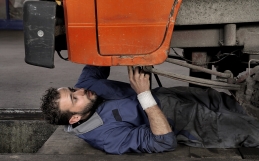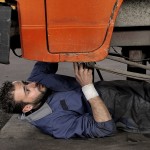Preventive Maintenance for Your Car
Preventive maintenance may seem like an unnecessary car expense, but it often involves matters that you’ll have to take care of sooner or later, and paying for them sooner will often be a less expensive undertaking. Most important is the fact that preventive maintenance will help keep you and others safe. And if you don’t keep up with your car’s preventive maintenance, you may find yourself stuck or in need of repair when you can least afford it.
Following the scheduled maintenance recommendations in your owner’s manual, checking fluid levels regularly and changing the fluids and filters periodically can minimize the risks of breakdowns and prolong the life of the engine, transmission, cooling system and brakes.
The following is a list of some key areas requiring preventative maintenance from the experts of PAL Auto Garage. However we recommend to Consult your owner’s manual for information about when to replace specific fluids and components, such as:
- Change oil regularly
- Monitor all fluids
- Maintain transmission
- Change spark plugs as required
- Watch the timing belt
- Flush the radiator
- Change all filters
- Combat rust
- Maintain good driving habits
So if you are driving a “maintenance challenged” vehicle, you need to pay closer attention to your fluids and filters on priority.
Fluids
Check all of your fluids regularly. You may need some assistance from a friend, parent or mechanic to show you where to check if you are unfamiliar with the process. You should check your oil, antifreeze, steering fluid and brake fluid regularly. It’s also a good idea to check your wiper fluid. It is of the utmost importance that your car not run out of oil, as this can destroy your engine. Your oil can get very dirty and should be changed about every 3,000 miles or three months. Antifreeze should not be allowed to get too low or your car engine will overheat, which can do severe damage. Antifreeze should be changed about once every two years.
Wheels
Check your tire pressure often–at least once a week is a good idea. Buy a simple tire gauge, then just stick it into your valve stem to get a reading. The amount of pressure that your tires should be inflated to can be found on the inside door jamb on the driver’s side of your car. Low inflation is dangerous because it can cause loss of control and blowouts. It also causes poor gas mileage. You should also check the tire tread for uneven wear and to see if there is enough tread on the tires. Stick a penny in the tire tread, and if you can see all of Lincoln’s head, it’s time to get a new tire.
It’s also important to have your brake pads changed regularly. Brake pads can last anywhere from 20,000 and 60,000 miles. Look through your tires to see if you can see the pad and determine if it’s wearing low. You should also listen to see if you hear any screeching or grinding. These signs will let you know if there is a problem, but it makes sense to check often and get pads changed early rather than late.
Air Filter and Battery
Two other important areas to check are your air filter and your battery. Your battery will usually last about five years or more. Take a look to see if there is any corrosion around the battery or battery cables. If you think your battery is getting up there in age, just go ahead and replace it. Spending a little bit of money early is better than being stranded somewhere.
Your air filter is what keeps the air that runs through your engine clean. The filter can get very dirty, and replacing it will make your car run better. Often the air filter is in a plastic box near the front or middle of the engine with one or two clips keeping it closed.
There are a lot of pieces to a car, and everything should be kept in good order. Take your car in for a checkup once a year just to see if there are any problems you haven’t detected. Pay attention to any dashboard trouble lights that come on and have them checked out right away.
